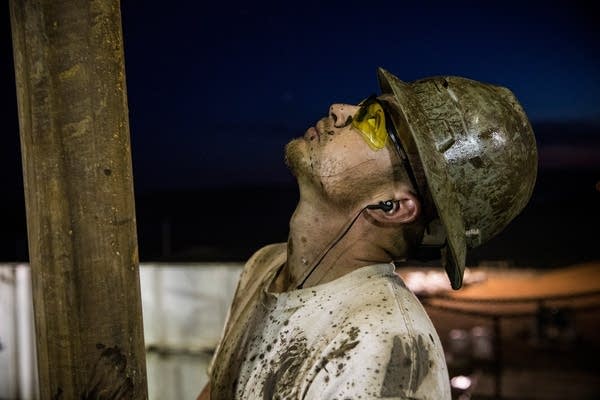'Oil To Die For' explores deaths in the North Dakota oil fields

Russell Girsh, a floor hand for Raven Drilling, helps line up a pipe while drilling for oil in the Bakken shale formation on July 23, 2013 outside Watford City, North Dakota.
Andrew Burton | Getty Images file
Go Deeper.
Create an account or log in to save stories.
Like this?
Thanks for liking this story! We have added it to a list of your favorite stories.


